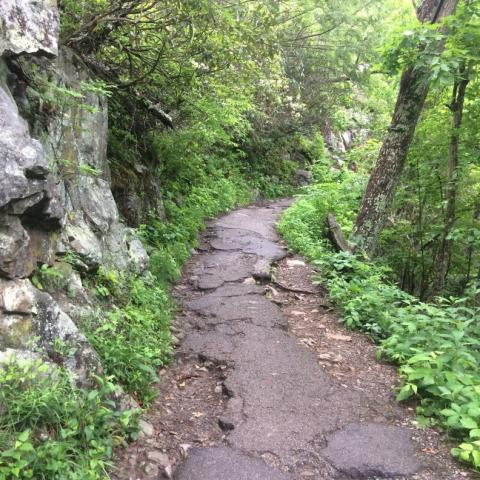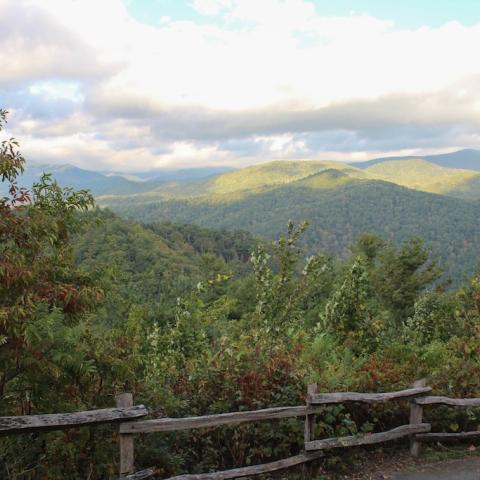Editor's note: The following is an unedited release from the National Park Service.
Great Smoky Mountains National Park officials announced a temporary ban on campfires in the park’s backcountry effective immediately. Due to extremely dry weather conditions and the amount of fresh leaf litter on the ground, the potential for escaped fires to occur in the backcountry has dramatically increased. The fire restriction will be in effect until further notice.
The fire ban only applies to campers utilizing the park’s 100+ backcountry sites and shelters. It does not affect campers at the park’s nine frontcountry (developed) campgrounds or picnickers using fire grills at picnic areas. Fires at developed areas must be confined to designated fire rings and grills. All visitors are asked to take certain precautions to help reduce the risk of wildfires. This includes extinguishing frontcountry fires by mixing water with embers in fire rings and grills. Use of backpacking stoves is still permitted at backcountry campsites.
“With the current drought conditions, it is imperative that we reduce the risk of human-caused wildfires during this period of extreme fire danger,” said Superintendent Cassius Cash. “The park has not banned backcountry campfires since 2007, but these unusually dry conditions warrant the restriction.”
Backpackers should be aware that this situation affects the availability of water at springs at backcountry campsites and shelters throughout the park. At some locations where there is a running spring, it can take more than five minutes to fill a quart-sized bottle. The following backcountry campsites are currently known to be without water: 5, 6, 16, 26, 113, Mollies Ridge Shelter, Russell Field Shelter, Spence Field Shelter, Silers Bald Shelter, Double Spring Gap Shelter, and Pecks Corner Shelter.
Other campsites may be without water as the drought conditions continue. Backpackers are encouraged to carefully consider their itinerary and carry extra water for those sites that are not located along major water sources.



 Support Essential Coverage of Essential Places
Support Essential Coverage of Essential Places







Comments
What I appreciate about NPT is they will clarify that they are putting out unedited pr's from the park. So many local rags do not take the time to verify Smokies Pr's and accept them as gospel. This may come as a surprise but I agree with the campfire ban even though I know you can't hardly burn the Smokies with a blowtorch, they have trouble with keeping controlled burns going here. But it is as dry as I have seen it in a decade. Of more concern are the springs along the Appalachian Trail. They are totally dry. Anyone hoping to do any AT miles here now should plan something else, where there is water.
I was just out catloochee area today, and was up on the boogerman trail. It's dry as a bone along that entire ridge. With all the dead hemlocks that litter the forest floor, it could definitely create bigger fires than what used to occur. The litter on the ground from the hemlocks is probably the main concern.. Granted, it won't be a giant forest conflagaration like the west, but it definitely could create larger scale fires than what used to occur. The forest are definitely very dry right now, and once the leafs fall off, that sun will just bake the floor. November is usually a rainy and wet month, but the 10 day forecast is not very promising for anything but warm weather, little frost, little moisture, and lots of clear sunny days.